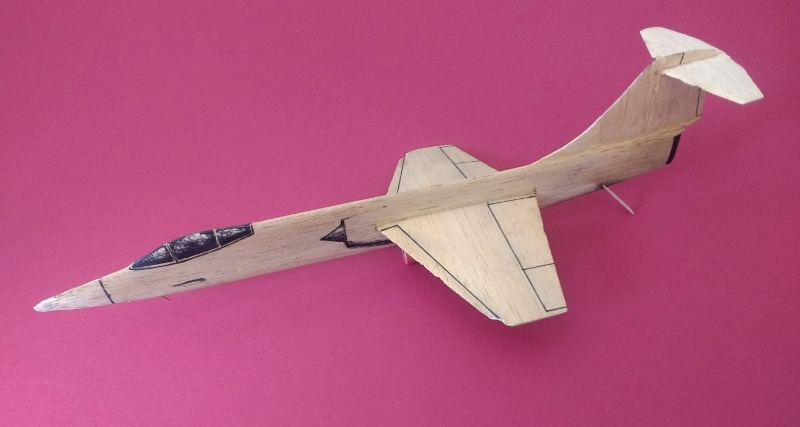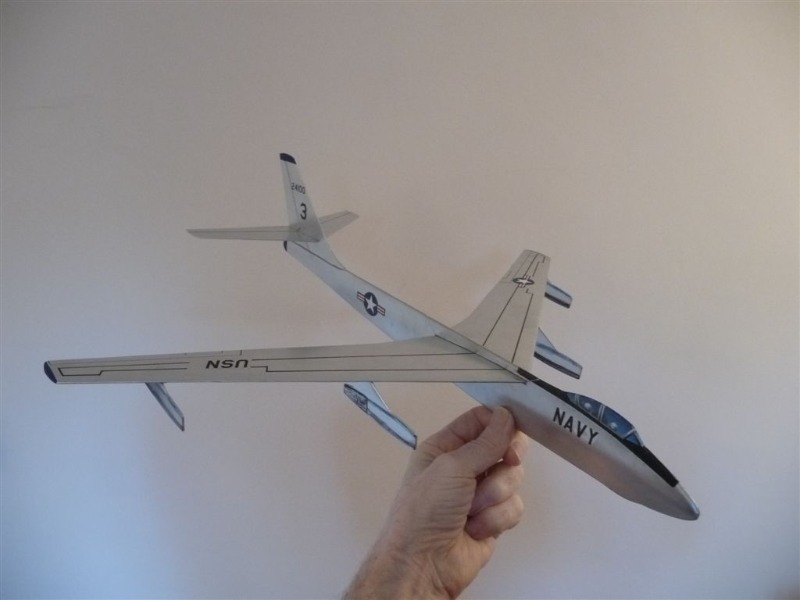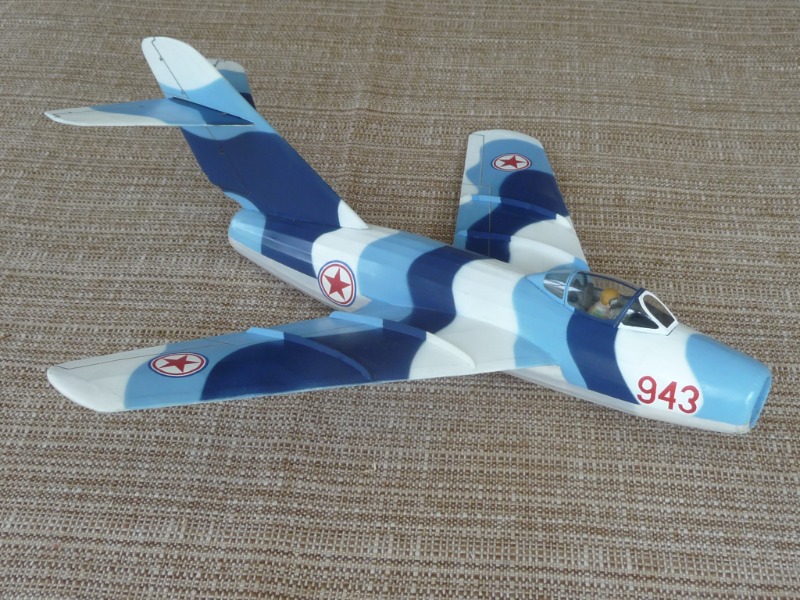Following on from my recent post about how to place the Rapier or TSP motor on models (
www.jetex.org/index.php/jetex-forum?view...=7&id=387&mesid=1622
) here is Part 2 with some thoughts on the size and performance of these little models that we find so captivating.
As a very general rule, our ‘jet’ models powered by either Rapier or TSP motors, can be made to fly very satisfyingly if the power to weight ratio is around 1:1.5 (66%). A typical example of this might be a Rapier L2 with an output of 15g (approx 150mN’s) of thrust in a model weighing around 22g, a combination which has proved to have the potential of a very good flight performance.
However if the same model is heavier at say 30g, the ratio changes to 1:2 (50%) which will more likely produce a sedate and slow flight with poor climb capabilities. Whereas if that same model now weighs only 15g the ratio changes to 1:1 (100%) giving very rapid climbs and spectacular flights.
However there are more things than just weight to consider, such as:
Profile or built up
Model size
Power versus drag
Hot or moderate performance
Without wanting to be contentious, my opinion is that a larger profile model (unless it is built of Oak) can be built to the same weight as a smaller built up model and the result will be an improvement in performance. This is because a profile model is slimmer and thus cleaner aerodynamically causing less drag, it also benefits from a lower wing loading, therefore, the performance will definitely be better. So generally speaking for the same weight and power unit, a profile model will climb higher and faster and cruise faster than a built up model. Thanks to the greater height gain a longer duration is also possible, that is, provided the model is still in the air by the end of the power run.
The downside of a profile model is you are trading looks for performance when looked at in close up but when in flight the profile model can look just as good as the built up model. The question is which is the bigger gain, looks or performance? In addition to being relatively simple to build, the better flight performance may well account for the growing popularity of profiles.
All is not lost for the built up model however and is why I still enjoy flying them. With the old Rapier motors the performance of a built up model could easily be restored to profile levels by upping the power choice i.e. stepping up from say an L2 to an L2HP. This is still available with TSP motors if you start with a L1 size model where the performance would probably be improved by changing to a TSP L2, but with a model built for a TSP L2, the only power improvement would be with a TSP L3 motor.
Some built up scale models are of course less draggy than others, i.e. a Mig 15 is more draggy than say a model of a Hawker Hunter, both can fly well but some will look and fly faster. I am hoping my built up F86 Sabre, when I eventually finish it, will fly very nicely thank you on an old Rapier L2HP or TSP L2.
On Jetex.org there are lots of suitable modern designs to chose from, but there are also those 1950’s jet fighter model kits by Keil Kraft, Veron and Skyleada. Originally these older model kits were designed for the Jetex 50 which produced around 150mN’s. With the modern one shot equivalents, which are quite a bit lighter than the Jetex 50 unit, these models are going to fly even better than they did in the 50’s and 60’s. However some attention may be required to the position and angle of the original power unit which did not always agree with current practice, an added down thrust tab may well come in handy here.
Starfighter all balsa profile 6.25” span, weight 18.5g, a low drag hot performer on 120mN (ratio 1:1.5 or 65%)
Stratojet all balsa profile 19” span, weight 32.5g, low drag, good climb and cruise on 150mN (ratio 1:2.2 or 46%)
Attacker built up 16” span, weight 29.5g, on 150mN (ratio approx1:2 or 50%) power it flies well but not a high climber
Mig 15 built up 16” span, weight 37g, on 250mN (ratio approx1:5 or 68%) power it is a good flyer but only low and slow on 150mN (ratio 1:2.5 or 40%)






